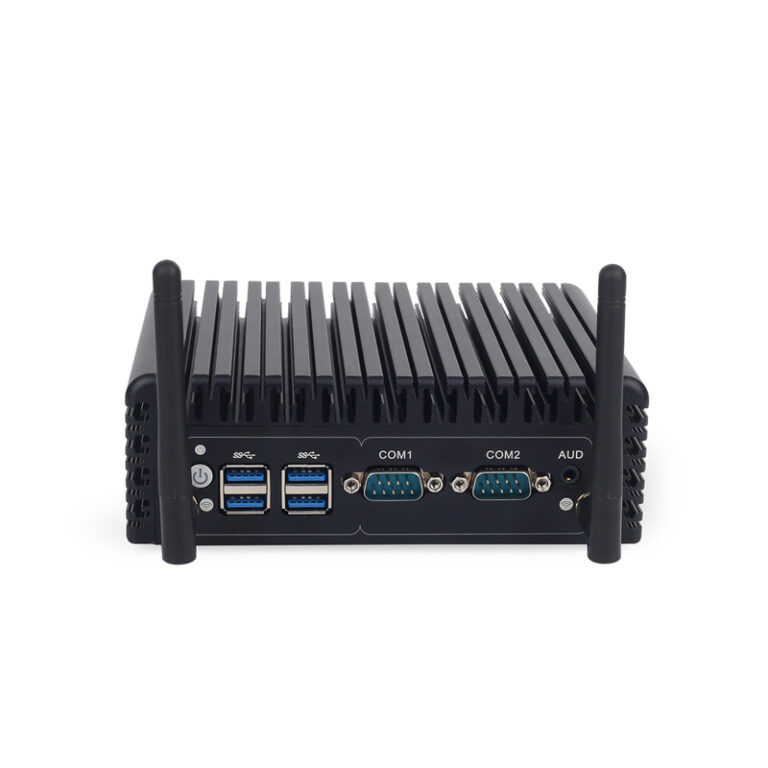Access to clean drinking water is a fundamental right and a crucial aspect of maintaining good health. With concerns about contaminants in municipal water supplies and the risks associated with untreated water, many homeowners are investing in home water purification systems. This ultimate guide will explore the various types of water purification systems, their benefits, and tips on selecting the best solution for your home.
Why Consider Home Water Purification?
Before delving into the types of water purification systems, let’s understand why they are essential:
• Health Protection: Tap water can contain harmful pollutants, including heavy metals, chlorine, pesticides, and microorganisms. A reliable drinking water filter can eliminate these contaminants, ensuring your family consumes safe water.
• Improved Taste and Odor: Many people are deterred from drinking tap water due to its taste and smell. Water purification systems enhance the flavor, making it more palatable and encouraging hydration.
• Convenience: Installing a home water purification system means you’ll always have clean water readily available, reducing the need for bottled water and minimizing environmental waste.
Types of Home Water Purification Systems
When selecting a water purification system, it’s essential to understand the various options available. Here are the most common types:
1. Activated Carbon Filters
Activated carbon filters are among the most popular types of home water purification systems. They use activated carbon to absorb impurities from water, effectively removing:
• Chlorine and chloramine
• Sediments
• Volatile organic compounds (VOCs)
• Some heavy metals
Benefits:
• Easy to install and maintain
• Affordable and widely available
• Effective for improving taste and odor
2. Reverse Osmosis Systems
Reverse osmosis (RO) systems are highly effective for purifying water. They work by forcing water through a semipermeable membrane that removes up to 99% of contaminants, including:
• Lead
• Arsenic
• Fluoride
• Nitrates
Benefits:
• Provides clean, safe drinking water
• Excellent for households with well water or high levels of contaminants
• Ideal for removing hard water minerals, making it suitable for cooking and drinking
3. Ultraviolet (UV) Purification
Ultraviolet purification systems use UV light to disinfect water by killing bacteria, viruses, and other pathogens. While they do not remove chemical contaminants, they are a powerful option for ensuring water safety.
Benefits:
• Effective against a broad range of microorganisms
• Chemical-free process
• Minimal maintenance required
4. Distillation Systems
Distillation is a process that boils water and then condenses the steam back into liquid. This method removes contaminants with high boiling points, such as heavy metals and minerals.
Benefits:
• Produces highly purified water
• Effective against many types of contaminants
• Does not rely on chemical processes
5. Point-of-Use Filters
Point-of-use (POU) filters, like kitchen water filters, are installed at specific faucets or appliances (e.g., refrigerators). These filters can vary in type, including activated carbon and reverse osmosis systems, depending on the model.
Benefits:
• Provides targeted filtration for drinking and cooking water
• Convenient and easy to install
• Cost-effective option for specific needs
Factors to Consider When Choosing a Water Purification System
When selecting a home water purification system, keep the following factors in mind:
1. Water Quality Testing
Understanding your water quality is crucial. Consider conducting a water test to identify contaminants in your supply. Many water testing kits are available for purchase, or you can hire a professional service.
2. Type of Contaminants
Different systems target different contaminants. Based on your water test results, choose a system that effectively removes the specific pollutants found in your water.
3. System Capacity and Size
Consider the size and capacity of the system. If you have a large family or high water usage, opt for a system that can accommodate your household’s needs without frequent filter changes.
4. Maintenance Requirements
Evaluate the maintenance needs of each system, including filter replacement frequency and ease of installation. Some systems may require more upkeep than others.
5. Budget
Finally, consider your budget. The initial purchase price and ongoing maintenance costs should fit within your financial plan. Remember, investing in a quality system can lead to long-term savings by reducing bottled water expenses.
Tips for Maintaining Your Water Purification System
To ensure your home water purification system continues to function effectively, follow these maintenance tips:
• Regularly Change Filters: Follow the manufacturer’s recommendations for filter replacement to ensure optimal performance.
• Monitor Water Quality: Periodically test your water quality to ensure the system is effectively removing contaminants.
• Clean the System: Keep your system clean and free from debris to prevent clogs and maintain efficiency.
Conclusion
In a world where water quality is often compromised, investing in a home water purification system is a proactive measure for protecting your family’s health. Whether you choose a drinking water filter, kitchen water filters, or a comprehensive water purification system, the benefits are undeniable. Not only will you enjoy improved taste and safety, but you’ll also contribute to a healthier environment by reducing reliance on bottled water.
By understanding the different types of water purification systems and considering your unique needs, you can make an informed choice that ensures clean, safe drinking water for you and your loved ones. Take the first step toward better health today—your body will thank you! well water filter







+ There are no comments
Add yours